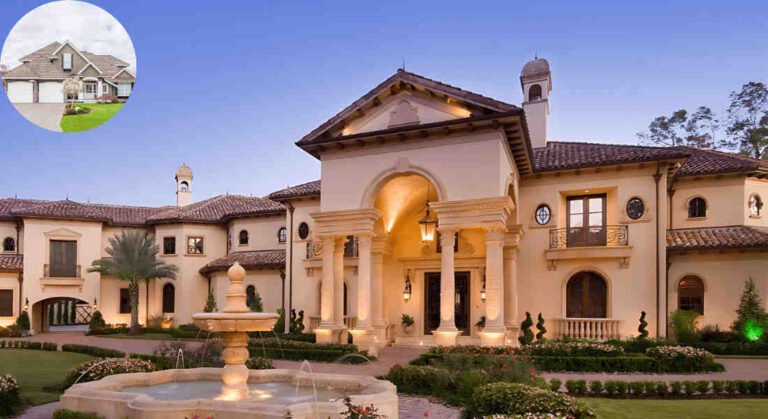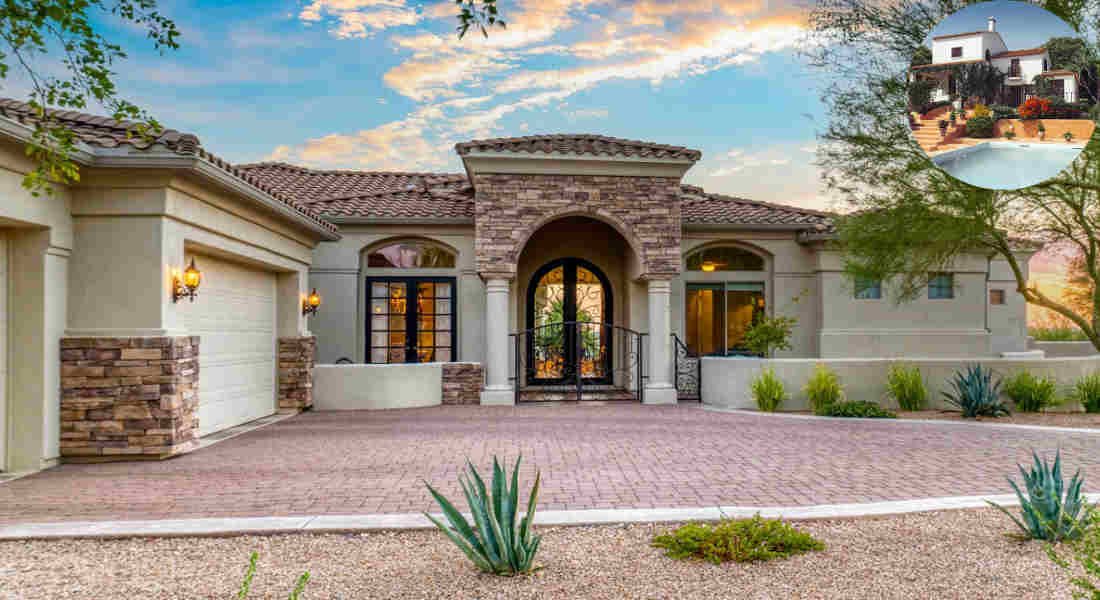Mediterranean house design is a timeless architectural style that has captured the hearts of many homeowners and architects alike. Its enduring popularity stems from its unique blend of beauty, functionality, and connection to nature. This style, which draws inspiration from the coastal regions of Spain, Italy, and Greece, reflects a lifestyle that prioritizes outdoor living and embraces the natural environment.
Origins and Inspiration of Mediterranean Architecture
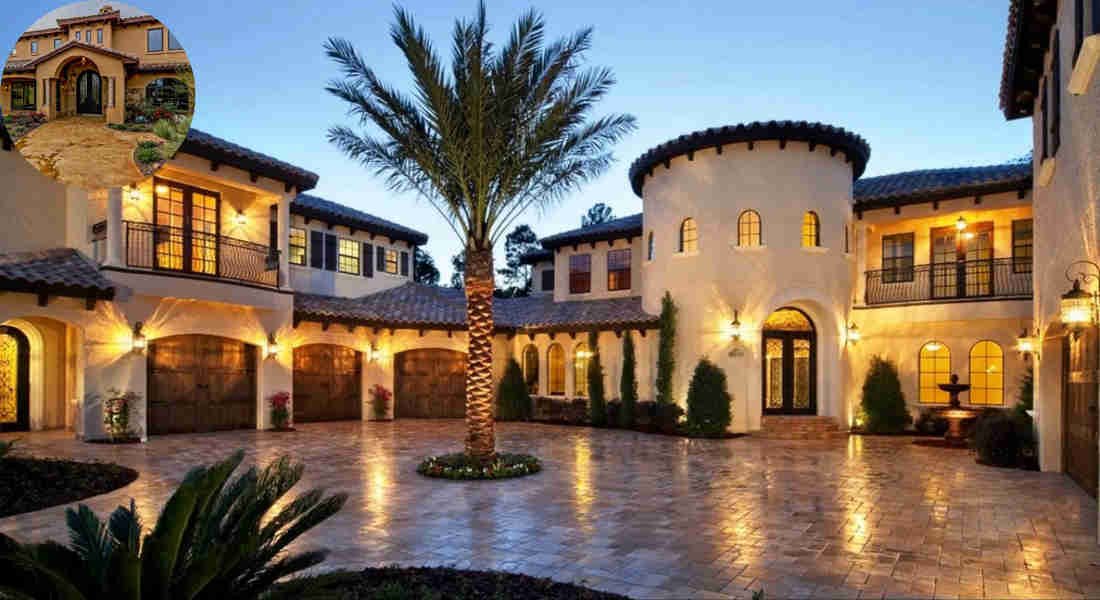
Historical Roots
Mediterranean architecture has its roots in the coastal regions of countries like Spain, Italy, Greece, and France. These areas have a rich cultural history that has shaped the architectural styles we see today. The design elements often reflect the local climate, materials, and traditions that have evolved over centuries.
Cultural and Climatic Influences
The Mediterranean climate, characterized by hot, dry summers and mild, wet winters, has significantly influenced the design of homes in this region. The use of natural materials, such as stone and clay, helps keep homes cool in the heat and warm in cooler months. As a result, Mediterranean architecture is not just aesthetically pleasing but also practical.
Traditional Meets Modern
As times change, so does architecture. Today, you can find modern adaptations of traditional Mediterranean designs that incorporate contemporary elements while still honoring their historical roots. This blend of old and new creates a unique aesthetic that appeals to a wide range of homeowners.
Defining Characteristics of Mediterranean Architecture
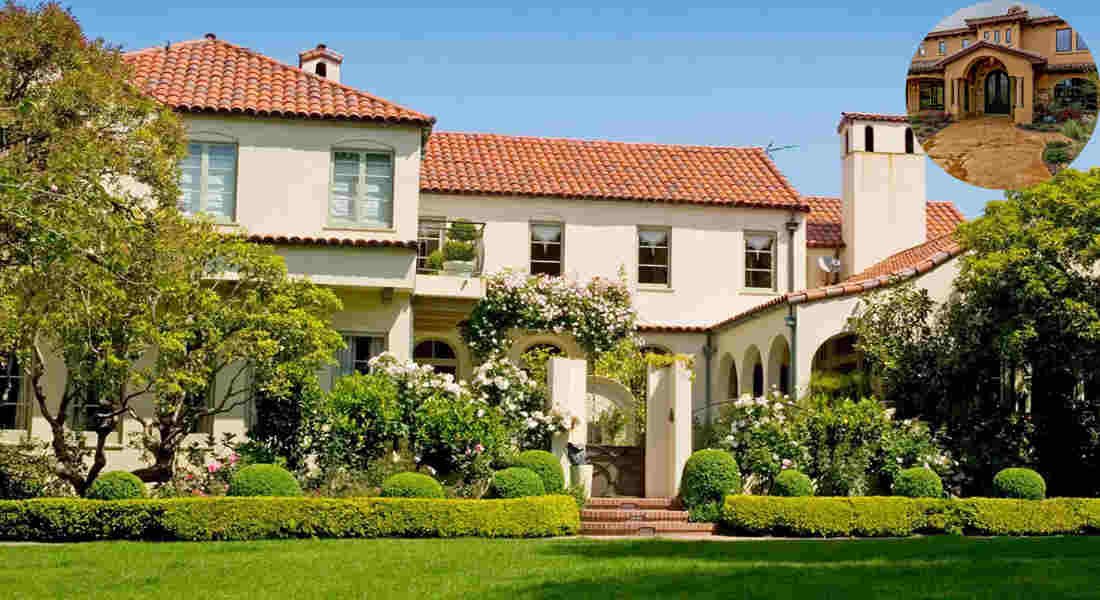
Mediterranean architecture is recognized for its distinctive features that set it apart from other styles. Understanding these characteristics is crucial, especially since it is a significant feature of Mediterranean architecture houses.
Stucco Walls
One of the most recognizable elements of Mediterranean homes is the use of stucco walls.
- Benefits: Stucco offers excellent insulation, making it an ideal choice for warm climates. It retains heat during cooler months while keeping homes cool in the summer.
- Aesthetic Appeal: The texture of stucco adds visual interest, giving homes a soft, inviting look.
You may also read (a guide to understanding business house).
Red Clay and Terracotta Roof Tiles
Another hallmark of Mediterranean homes is the use of red clay and terracotta roof tiles.
- Functionality: These half-tube-shaped tiles are designed for adequate water drainage, helping to prevent leaks and maintain the roof’s integrity.
- Visual Impact: The iconic red color of these tiles adds a warm, earthy tone to the overall design.
Arches and Vaulted Ceilings
Arches and vaulted ceilings are decorative and practical elements in Mediterranean architecture.
- Structural Integrity: Arches provide strength and support to the structure while creating a visually striking entryway or window.
- Spaciousness: Vaulted ceilings create an airy and open feel in homes, contributing to a sense of grandeur and spaciousness.
Symmetrical Facades
Symmetrical facades are a key characteristic that enhances the overall aesthetic of Mediterranean homes.
- Balanced Design: Symmetry creates a harmonious look with centered doors and matching windows, resulting in a visually pleasing appearance.
- Decorative Elements: Features such as wrought iron gates and balconies enhance the home’s visual appeal and charm.
Wrought Iron Details
Wrought iron details add an elegant touch to Mediterranean architecture.
- Decorative Features: Balconies, window grilles, and garden gates made from wrought iron are not only functional but also serve as artistic accents, adding a touch of elegance and sophistication.
- Durability: Wrought iron is renowned for its exceptional strength and longevity, making it a practical choice for outdoor applications.
Outdoor Living Spaces
The integration of outdoor living spaces is a fundamental aspect of Mediterranean design.
- Seamless Transition: Patios, terraces, and courtyards blur the lines between indoor and outdoor living.
- Natural Ventilation: These spaces promote airflow, allowing residents to enjoy the beauty of nature.
Architectural Layout and Floor Plans
Open, Flowing Floor Plans
Mediterranean homes typically feature open, flowing floor plans that encourage interaction and connectivity between spaces.
- One or Two Stories: Most Mediterranean houses are either one or two stories, making them easily accessible and navigable.
- Natural Light: Large windows and open spaces allow for an abundance of natural light, creating a warm and inviting atmosphere.
U-Shaped or L-Shaped Layouts
Many Mediterranean homes are designed in U-shaped or L-shaped layouts.
- Central Courtyards: These designs often center around a courtyard or garden, promoting a strong connection to the outdoors.
- Privacy: The layout provides privacy for outdoor spaces while still encouraging communal living.
Importance of Natural Light and Ventilation
You may also read (exploring the concept of drafting houses in architecture).
Natural light and ventilation are critical components of Mediterranean architecture.
- High Ceilings: High ceilings contribute to the spaciousness and help with heat dispersion.
- Exposed Wood Beams: These elements not only add character but also enhance the overall aesthetic.
Materials and Colors Used in Mediterranean Houses
Natural and Sustainable Materials
Mediterranean architecture prioritizes the use of natural, sustainable materials.
- Stone and Wood: These materials are often sourced locally, reducing the environmental impact.
- Clay and Terracotta: These materials are not only functional but also contribute to the region’s aesthetic.
Warm Color Palettes
The color palette of Mediterranean homes is characterized by warm, inviting hues.
- Earth Tones: Whites, blues, and terracotta reds create a soothing and harmonious environment.
- Textural Contrasts: The combination of smooth stucco walls with rough stone and wood accents adds depth to the design.
Modern Trends and Adaptations in Mediterranean Architecture
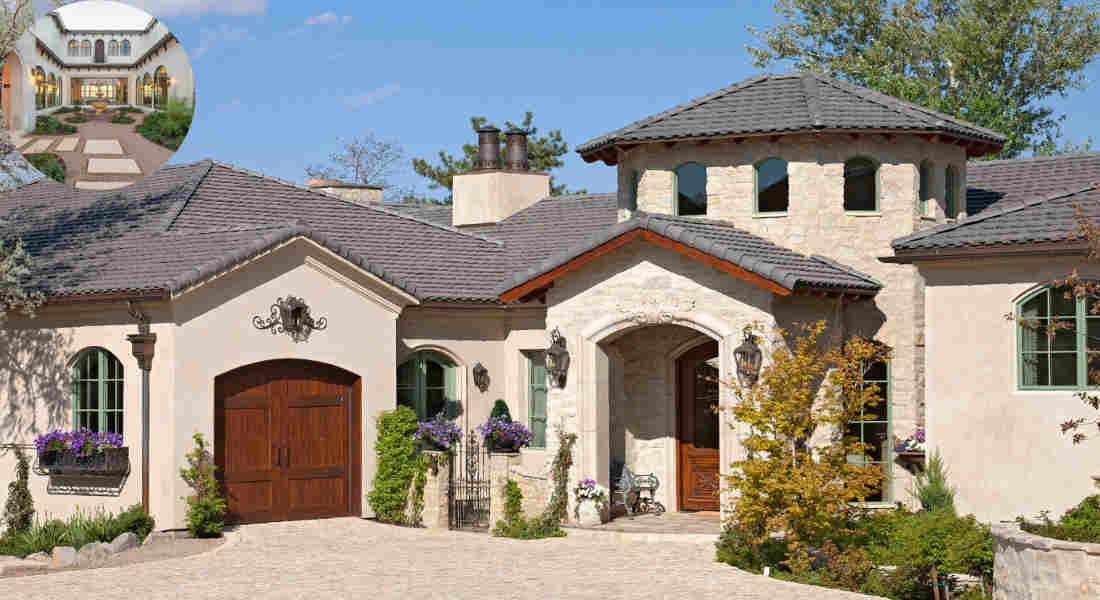
Neo-Mediterranean Style
The Neo-Mediterranean style is a contemporary interpretation of traditional designs.
- Blending Elements: This style incorporates modern materials and technology while retaining classic features.
- Energy Efficiency: Many new builds focus on energy-efficient designs and sustainable practices.
Smart Home Integration
Modern Mediterranean homes often feature smart home technology.
- Convenience: Home automation systems enhance comfort and security.
- Energy Management: Smart technology enables efficient management of energy consumption.
Contemporary Outdoor Living Spaces
Contemporary Mediterranean homes emphasize outdoor living with innovative designs.
- Weather-Resistant Materials: The use of durable materials allows for year-round enjoyment of outdoor spaces.
- Smart Irrigation Systems: These features make maintaining gardens and landscapes easier and more efficient.
Benefits of Mediterranean House Design
Climate Adaptability
One of the primary benefits of Mediterranean house design is its climate adaptability.
- Natural Cooling: Features such as thick walls and shaded patios help keep homes cool during the hot months.
- Insulation: Materials used in construction provide excellent insulation for year-round comfort.
Timeless Aesthetic Appeal
Mediterranean architecture offers a timeless aesthetic that remains in style.
- Elegant Design: The combination of classical and contemporary elements creates an enduring charm.
- Cultural Richness: The style reflects a deep cultural heritage that resonates with many homeowners.
Strong Connection to Nature
Mediterranean homes foster a strong connection to nature.
- Outdoor Living: The design fosters outdoor living, enabling residents to fully appreciate their surroundings.
- Natural Ventilation: Open layouts promote airflow, creating a refreshing atmosphere.
Functional Layouts
The layouts of Mediterranean homes are designed with functionality in mind.
- Comfort and Privacy: Thoughtful designs promote comfort and ensure privacy in communal areas.
- Flexible Spaces: Open floor plans allow for versatile use of space.
Challenges and Considerations in Mediterranean House Design
Maintenance of Materials
While Mediterranean homes are beautiful, they come with maintenance challenges.
- Stucco: Regular upkeep is required to prevent cracks and damage.
- Terracotta: These materials need care to avoid deterioration from weather elements.
Cost Considerations
The cost of building a Mediterranean-style home can be higher due to the use of specialized materials.
- Wrought Iron Elements: Custom details can significantly increase overall expenses.
- Quality Materials: Investing in high-quality materials ensures longevity but may strain budgets.
Adapting to Different Climates
Adapting Mediterranean architecture to various climates can present challenges.
- Climate Variations: Modifications may be necessary to suit colder or wetter environments.
- Urban Settings: Incorporating Mediterranean elements into urban designs may necessitate innovative solutions.
How to Incorporate Mediterranean Features into Your Home
Tips for Homeowners and Builders
If you’re considering adding Mediterranean features to your home, here are some practical tips:
- Choose the Right Materials: Opt for natural materials like stone, clay, and wood to maintain authenticity.
- Incorporate Outdoor Spaces: Design patios, terraces, or courtyards to enhance your outdoor living experience.
- Select Architectural Details: Include arches, wrought iron elements, and terracotta tiles to capture the essence of Mediterranean design.
Designing Outdoor Spaces
Creating inviting outdoor spaces is crucial to Mediterranean architecture.
- Furniture and Accessories: Opt for weather-resistant furniture and decor to create comfortable outdoor areas.
- Landscaping: Incorporate native plants and trees to enhance the overall aesthetic.
You may also read (explore the world of famous house styles).
